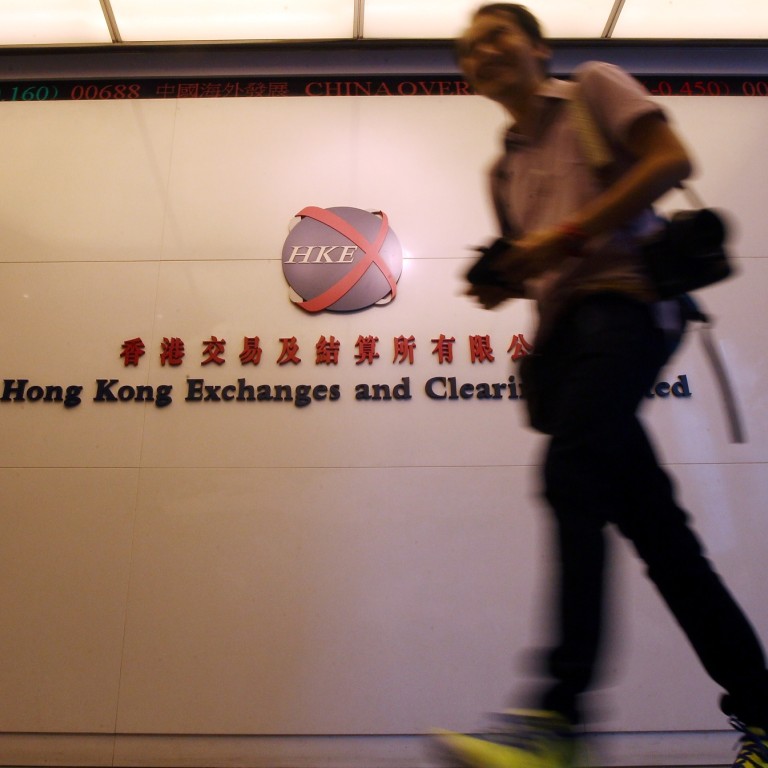
Risk appetite puts China back on radar as bonds and equities gain
Concerns headed by slowing economic growth take a back seat as traders shift from US treasuries for bets on mainland bonds and shares
China is hot again. Following years of concerns about decelerating economic growth, a bloated and opaque banking system, and anxiety at the start of the year about a domestic credit crisis, foreign funds are flowing back into Chinese debt and equities.
The turnaround has been a few months in the making, starting in April and culminating in one of the most active Julys ever seen for mainland cross-border deal flows. The Hong Kong stock exchange has had its second-busiest July for initial public offering fundraising, according to Thomson Reuters. Chinese offshore debt volume in the past month has dwarfed anything seen in any previous July.
The Hang Seng Index rose 7.3 per cent last month, the biggest one-month gain in 2½ years. A shares climbed 8.6 per cent in July, the biggest monthly jump since December 2012. The H-share index is up 21 per cent since March 20, putting this index officially into bull market territory.
Those who buy, sell and analyse China securities attribute the recent buoyancy to two broad trends. The first has been a gradually improving global economy that has expanded investors' capacity for risk.
The second is that US treasury yields have stayed low and flat all year. This has gone against all expectations. At the start of 2014, investors believed treasury rates would rise as the US Federal Reserve phased out its bond-buying programme and an improved global economy stoked expectations for increased inflation.
The expectation was that rising treasury yields would make it unnecessary to hold higher risk emerging markets assets, as US government bonds and high-grade US corporate bonds benchmarked to treasuries would safely deliver the returns fund managers needed to hit their targets.
As treasury yields stayed low investors have had to scramble to find higher-returning securities in emerging markets - of which China dominates.
"If you had asked six months ago, most people would have expected the 10-year treasury yield to be above 3 per cent by now (it is currently yielding 2.46 per cent). There was a perception that rates were moving much higher much faster, which led to the outflow [of capital from emerging markets] and the reversal of that view has meant money is now coming in," said Mark Follett, the head of high-grade debt capital markets for Asia ex-Japan at JP Morgan.
Investors have put US$7.2 billion net new money into emerging markets bond funds year to date, with inflows having been sustained for 17 weeks, Follett said.

Some economists now think China is a bargain. In a recent report by investment bank Jefferies, analysts found that over a three-year period A-share companies that cut debt and raised dividends were "not being rewarded despite being cheap". The bank said it had just turned bullish on China.
Global investors like China bonds because they pay better risk-adjusted returns.
Guy Stear, head of Asia research for Societe Generale, broke down the securities contained in two benchmark indices, JACI Investment Grade Asia and IBOXX Europe. Mainland bonds are the biggest component of the JACI index. He found bonds in the indices have nearly identical average duration and credit rating, but Asian bonds yielded 67 basis points more over their benchmark than European securities. The figures are similar for outstanding Chinese debt against American bonds.
"If we were to compare similarly rated names, corporates and banks from PRC are still paying more than those from Europe and the US. For example, the US investors would find the yield on the deals from the PRC oil majors attractive as compared to the European and US peers such as BP, Shell or Chevron," said David Yim, head of north Asia debt capital markets for RBS.

